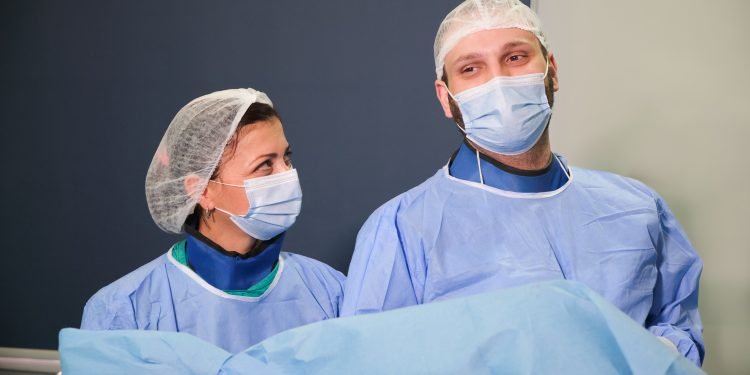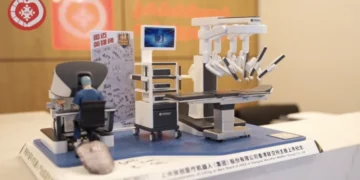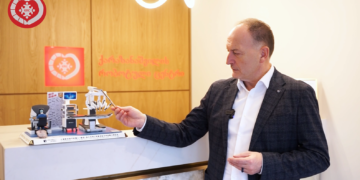Doctors at Guram Karazanashvili’s Urology Hub at MMT Hospital have been treating kidney cancer using a modern minimally invasive laparoscopic method for six years.
Modern minimally invasive treatment at MMT Hospital
If you have a small tumor in the kidney or have been diagnosed with stage I or II kidney cancer, go to MMT Hospital where highly qualified professionals will help you solve the problem with the least traumatic, minimally invasive and the most sparing laparoscopic method, using state-of-the-art equipment.
Why is kidney surgery problematic?
Current guidelines recommend treating stage I and II kidney cancer laparoscopically, unlike stage III and IV tumors that require a very complicated surgery because the tumor sometimes penetrates neighboring organs: a right kidney cancer can penetrate the liver, a left kidney cancer – the pancreas, spleen, a tumor thrombus can spread to the inferior vena cava, etc.
What does laparoscopy imply and how is it used at MMT Hospital?
Laparoscopy is a modern surgical method in which surgery on internal organs is performed through a small (0.5-1.5 cm) hole in the abdominal wall using a special laparoscopic instrument.
In Guram Karazanashvili’s Urology Hub at MMT Hospital, treatment of kidney cancer, heminephrectomy (removal of a half of a kidney), nephrectomy (complete removal of a kidney) is done by transabdominal access (i.e. through the abdominal cavity) in accordance with international standards.
Transabdominal access to the kidney is more convenient and allows extensive manipulation. In renal laparoscopy, it is important to consider the orientation lines: there are two approaches for mobilizing and isolating the organ. The operator can access the blood vessels directly, ligate them first and then remove the diseased kidney or, for better orientation, to access the organ directly, follow the ureter.
In case of renal oncology, blood vessels are first mobilized, clipped, tied with special clips, crossed, and only after that the damaged kidney is isolated. In terms of compliance with oncologic principles, this approach is mandatory because if a vein is not blocked in advance, tumor cells can spread throughout the body via the bloodstream when the kidney is removed.
In case of benign kidney diseases (hydronephrosis), to remove the organ, the surgeon follows the ureter, moving slowly to the renal collar, carefully maneuvering, because the anatomical layers are often disturbed, there is healing due to chronic inflammatory processes (multiple pyelonephritis), which is why mobilization and separation of the organ is not easy.
Only highly qualified specialists can take into account all these nuances: only professionals with extensive practical experience can use unique laparoscopic methods and perform surgery with minimal intervention and maximum precision.







